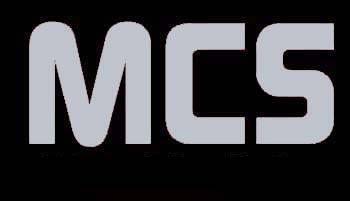
|
|
|
|
|
|
Classic Bikes
Custom Bikes
Individual
Racing Bikes AJP
AJS
Aprilia
Ariel
Avinton / Wakan
Bajaj
Benelli
Beta
Bimota
BMW
Brough Superior
BRP Cam-Am
BSA
Buell / EBR
Bultaco
Cagiva
Campagna
CCM
CF Moto
Combat Motors
Derbi
Deus
Ducati
Excelsior
GASGAS
Ghezzi Brian
Gilera
GIMA
Harley Davidson
Hero
Highland
Honda
Horex
Husaberg
Husqvarna
Hyosung
Indian
Jawa
Kawasaki
KTM
KYMCO
Laverda
Lazareth
Magni
Maico
Mash
Matchless
Mondial
Moto Guzzi
Moto Morini
MV Agusta
MZ / MuZ
NCR
Norton
NSU
Paton
Peugeot
Piaggio
Revival Cycles
Roland Sands
Royal Enfield
Sachs
Sherco
Sunbeam
Suzuki
SWM
SYM
Triumph
TVS
Ural
Velocette
Vespa
Victory
Vincent
VOR
Voxan
Vyrus
Walt Siegl
Walz
Wrenchmonkees
Wunderlich
XTR / Radical
Yamaha
Zero
Video
Technical
Complete Manufacturer List
|
Kawasaki ZZ-R 1400
The 2011 Ninja ZX-14, which
comes to challenge Suzuki’s coveted Hayabusa, is powered by a 1,352cc
liquid-cooled, DOHC, four valve per cylinder, inline-four engine. The power
is channeled through a hydraulic clutch and six speed transmission, down to
the 190/50 ZR17 rear tire. The darker side of the hyper-Ninja
Kawasaki calls its all-new anti-lock system KIBS – or Kawasaki Intelligent
anti-lock Brake System. It’s a multi-sensing system, one that collects and
monitors a wide range of information taken from wheel sensors (the same ones
collecting data on the standard ZX-10R for its S-KTRC traction control
system) and the bike’s ECU, including wheel speed, caliper pressure, engine
rpm, throttle position, clutch actuation and gear position.
Kawasaki Ninja ZX-14 motorcycle model
Features
Ram Air Induction
Radial Pump Clutch Master Cylinder
|
|
|
Any corrections or more information on these motorcycles will be kindly appreciated. |